In the city of Schwerin, 16 flats have been added to an indoor swimming pool facility dating back to the days of East Germany. And people can still go for a dip. The unusual project received the Special Prize for the KfW Construction Award 2019.
Special prize
Mecklenburg-West Pomerania, Schwerin (KfW Bankengruppe/n-tv). This video is only available in German.
Where’s the best spot to live – above the former swimming pool or where the changing rooms and showers used to be? These are real questions facing people interested in a flat at the former Volksschwimmbad Schwerin-Lankow. Many different types of buildings have been repurposed for residential use in Germany – churches and prisons, factories and castles. But the swimming pool has to be one of the most unusual.
It was a fairly spontaneous undertaking. In 2015, the demolition equipment was poised outside the closed-down pool. But the citizens of Schwerin, many of whom learned to swim at the facility, were attached to it. So they called on the services of Ulrich Bunnemann, a man who had already saved a large number of difficult and derelict buildings – whether half-timbered or stucco, breweries or farmsteads – together with his architecture and construction firm, Schelfbauhütte.
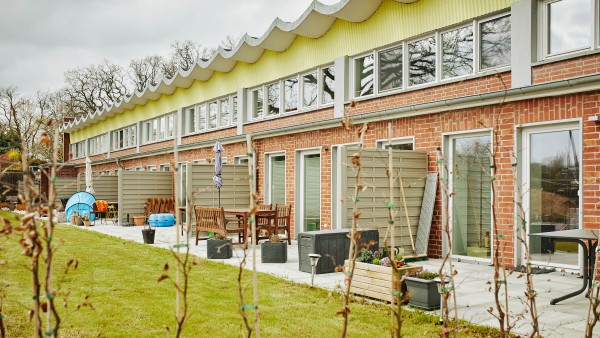
From indoor swimming pool to residential space
Each flat on the east side has a private patio and more rooms on the upper floor.
From a bathing palace to a residential building
His children, too, had first learned to swim at the Volksschwimmbad. Now, looking at the building, he thought: “People can always move in to live. But it’ll be a difficult job.” Bunnemann did not have much time on his hands. “I took one weekend to reflect, then I applied for the pool facility.” He was urged on by his fellow citizens, as well as being driven by his own affection for this special piece of architectural history. In 1976, the roof designed by the architect, Herbert Müller, was installed. This was a highly specialised structure made of “hyperbolic paraboloid” concrete shells, as they are known in the industry. The shapes were simultaneously lightweight, material-saving, lively, elegant, and clever in terms of statics and mathematics. Müller’s colleagues were so impressed by these that their inventor is still known to this day as Schalen-Müller – Müller the shell man. The property is a listed building.
Bunnemann initially invested one euro into the purchase, followed by 80,000 euros for clean-up work, which the city had already begun. Then it was time to start the swimming venue’s transformation into an apartment building. The good part of this process was that he was barely allowed to touch its historical outer shell, nor did he want to do so. Inside, however, he had most of the partition walls torn out and a concrete ceiling installed over the larger of the two swimming pools.
Read more under the image gallery.
Meticulous refurbishment
The former indoor swimming pool with its wave-patterned concrete roof is a protected historical monument.
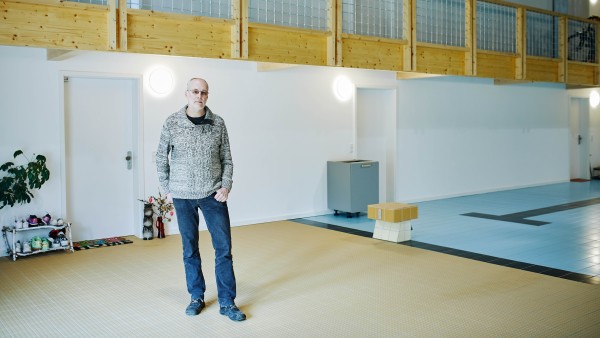
The architect and developer
Ulrich Bunnemann preserved a former starting block in the entrance hall and marked the former surface of the water with blue floor covering.
Living with a lake view
Then a large amount of wood was added to the concrete: ceiling and wall elements, efficiently prefabricated in a factory in nearby Wismar, which only needed to be assembled on site. Sixteen apartments were built relatively quickly and inexpensively, which Bunnemann rents out for 8.50 euros per square metre – much cheaper than would have been possible in a newbuild. There was enough room for two full floors on the taller side of the building; the upper apartments can be reached via an internal staircase and an unenclosed platform lift. As a result, they are easily accessible for disabled and elderly residents and visitors.
Bunnemann used the shorter side of the building for maisonettes with living space, kitchen and a bathroom downstairs, and two cosy attic rooms on the upper level. “It’s a wonderful place to live,” attests one of the building’s tenants, Mirka Selbach. She and her five-year-old son, Felix, have well and truly put down roots in their new home. Even the hyperbolic paraboloid concrete makes for a cosy sight, wending its way above the rooms. The thermal insulation is externally rendered, made of Bunnemann’s favourite insulating material: straw. But this is invisible to anyone standing outside the building, as are its solar thermal collectors. All the ground-floor flats have floor-to-ceiling windows facing out on a small garden. Tenants on the east side can take in an unobstructed view of a nearby lake, the Lankower See, its natural pool located in their field of vision while the historical pool sits to their rear.
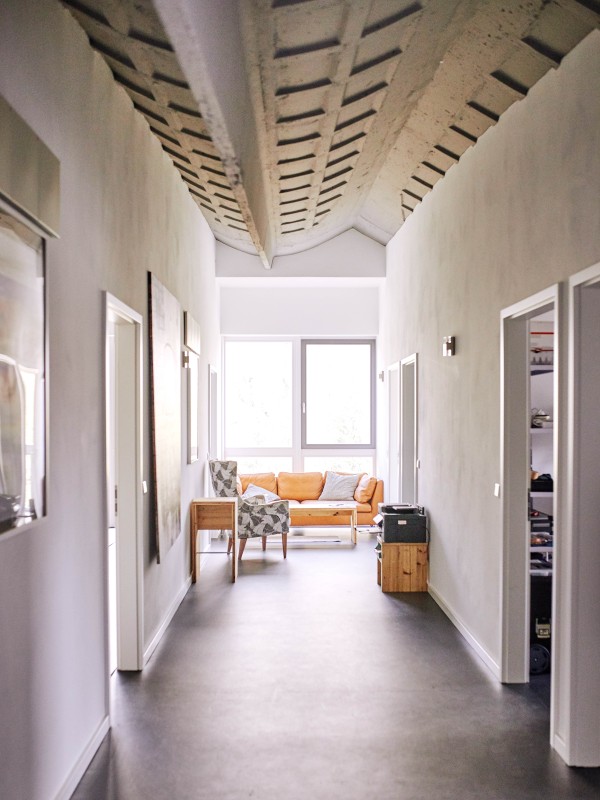
Barrier-free and cost-effective
Bunnemann rents out a total of 16 flats for EUR 8.50 per square metre.
Memories of the bathing past
A large open area had to be left in the middle of the building. It was not possible to convert this for residential use, as only a small amount of light would have been able to penetrate into the depths of the space. Instead, the tenants can enjoy a more than 200-square-metre hallway – a wonderful play area for the children when bad weather descends, as long as they are careful not to bump into one of the starting blocks from the old pool. Bunnemann preserved this feature, which is now in the middle of the hallway. All around it, in memory of the late pool, he had tiles laid with the same pattern as the old ones. Anti-slip with tactile bumps, of course. “The building is getting a crazy amount of attention,” Bunnemann says with pride. “Former pool-goers stop by whenever they can make it – we had a full house for the open day.”
There is now a basement beneath the concrete floor that covers the large pool basin. And the smaller of the two pools has been preserved in one quarter of the building, where it is used by small groups and physiotherapists with their patients. And naturally, the residents also go for a swim: they all have a key to the pool and access to its changing rooms and shower facilities. But it is much nicer to get changed into your swimwear in your flat, before sauntering across the hallway to the pool.
The project
Project: 16 flats in a former indoor swimming pool facility
Location: Schwerin, Germany
Year of construction: 1976 (original facility), 2016-17 (remodelling)
Client and architect: Ulrich Bunnemann
Size of premises: 4,250m² (plot of land), 1,560m² (buildings), 1,300m² (living space)
Benefits for residents: modern flats available at an attractive price, some including a lake view in the distance; large, spacious hallway
Benefits for society: preserving a popular listed building, new flats built inside existing building
Energy conservation: building envelope reused, straw insulation, photovoltaic systems, infrared heating panels
Disabled accessibility: some flats exclusively on the ground floor, four first-floor flats accessible via a wheelchair-accessible lift
Published on KfW Stories: Friday, 24 May 2019
The described project contributes to the following United Nationsʼ Sustainable Development Goals
Goal 7: Ensure access to affordable, reliable, sustainable and modern energy
Close to 80 per cent of the energy produced worldwide still comes from fossil fuel sources. Burning fossil fuels also generates costs for the health system due to air pollution and costs for climate-related damages that harm the general public, not just those burning the fuel.
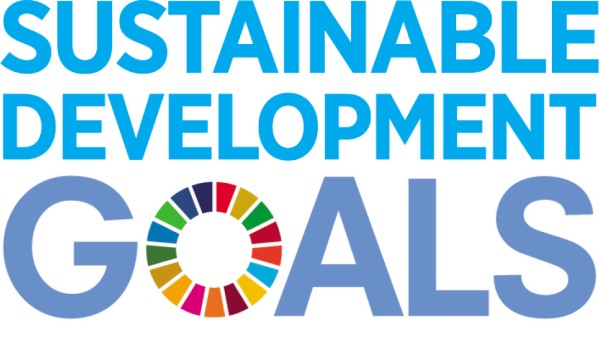
All United Nations member states adopted the 2030 Agenda in 2015. At its heart is a list of 17 goals for sustainable development, known as the Sustainable Development Goals (SDGs). Our world should become a place where people are able to live in peace with each other in ways that are ecologically compatible, socially just, and economically effective.

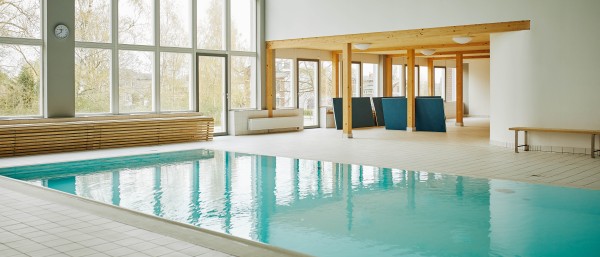
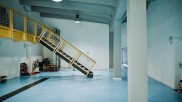
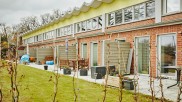
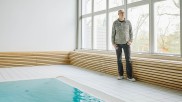
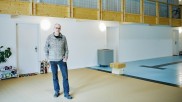
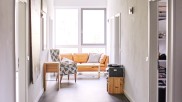
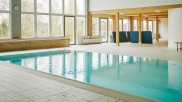
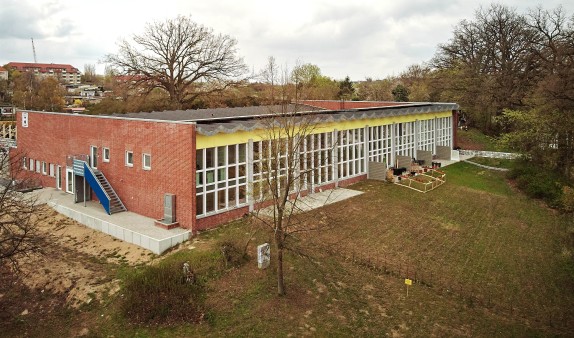
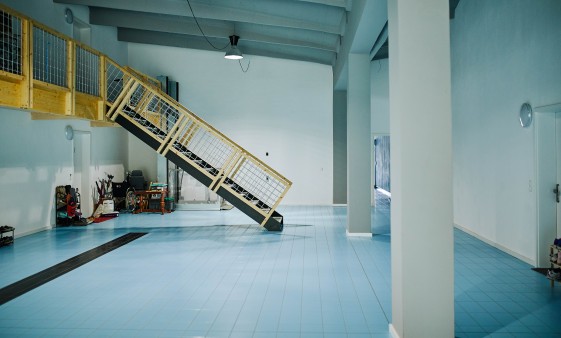
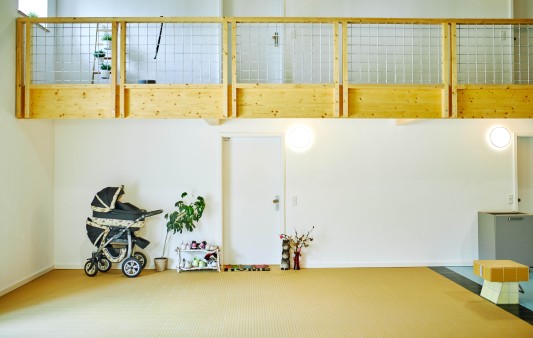
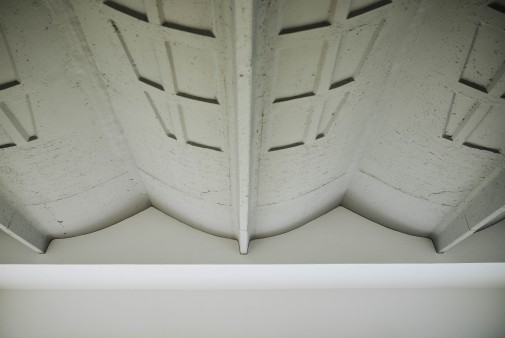
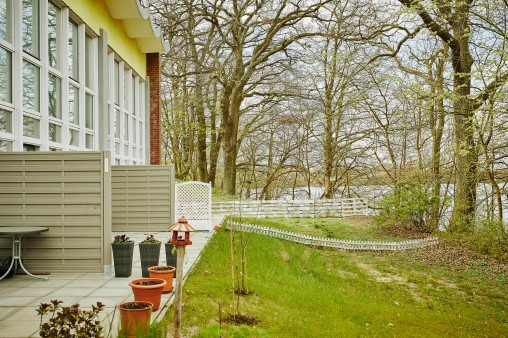
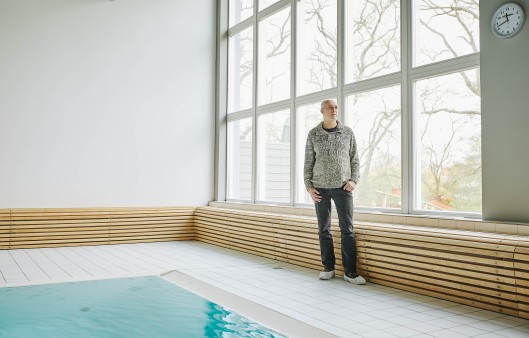






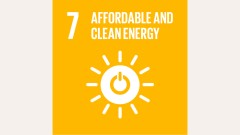
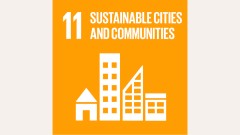
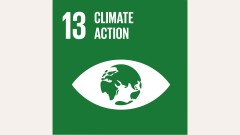

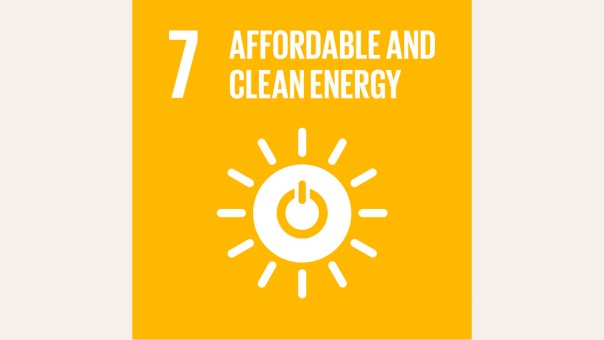
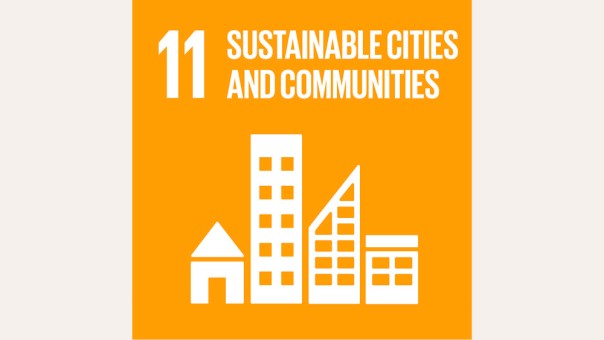
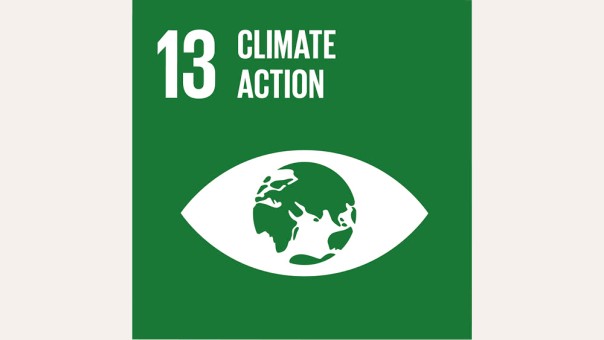

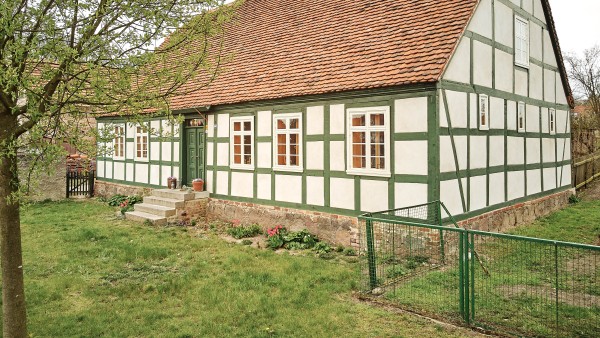
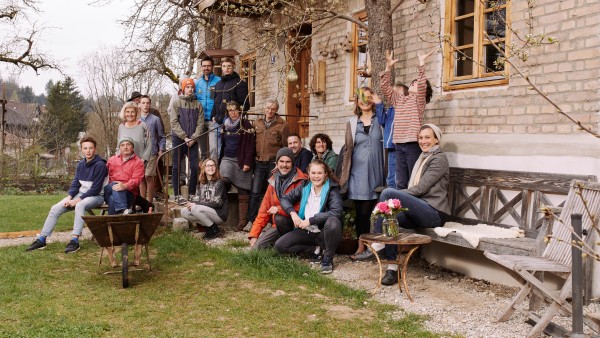
Data protection principles
If you click on one of the following icons, your data will be sent to the corresponding social network.
Privacy information